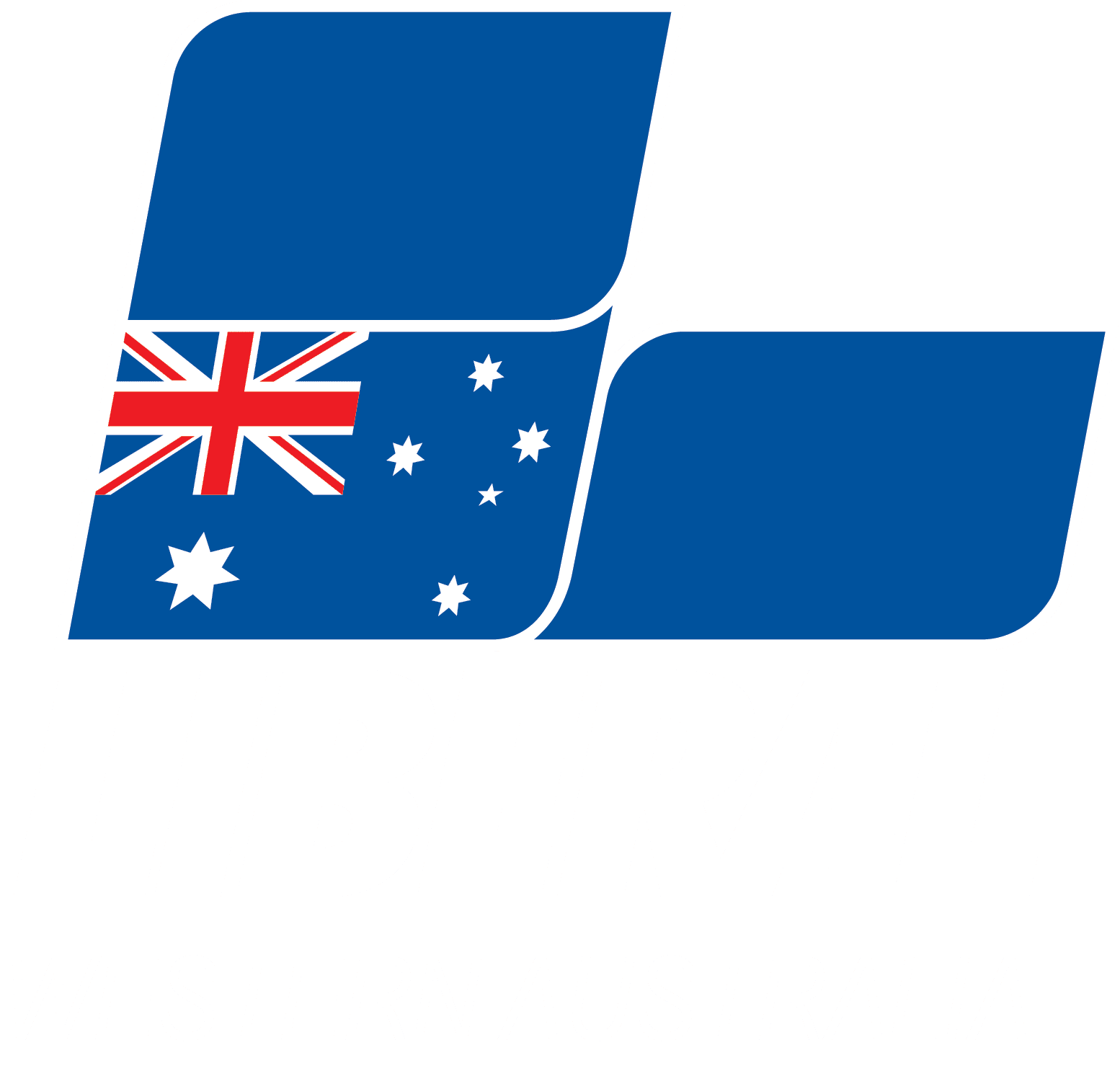Western Australia: Economy – 9 November 2016
Senator REYNOLDS (Western Australia) (13:48): I am one very proud senator for Western Australia. Whilst there are obviously a multitude of reasons for that pride in our great state of Western Australia, we as a state are again doing what we absolutely do best—working together to transform our economy by taking advantage of new industrial opportunities in our state. In the late 1800s it was gold; throughout the 1900s it was agriculture, iron ore, oil and gas; and today, it is becoming defence industry. We are a state built on opportunity, on enterprise, on ingenuity and on exploration. But because of our isolation we have never really had a choice. The state government has also always worked hand-in-hand with industry to develop new commercial opportunities. Most recently, these qualities have been focused on the resources sector and have provided enormous national prosperity and wealth for our nation. Today Western Australia is an economy in transition from resources construction and, by my latest count, over $250 billion worth of investment has gone into the Pilbara region alone. We have gone from resources construction to focusing now on mining production. Contrary to the harbingers of doom, in this place and in the media, the resources boom is far from over, as we are now exporting more than we ever have from Western Australia.
As a result of the new opportunities that are opening up in the defence sector, and as a transitioning economy, we are now rapidly turning our considerable competitive advantages in Western Australia to the defence industry. We are in the process of breaking the decades-old grip which states such as South Australia and other eastern seaboard states have had on defence industry, and we are doing that simply by showing just how good we are as a state. Mr Acting Deputy President Gallacher, if you had asked anyone 18 months ago what WA was capable of in the defence sphere, you would most likely have been met with an almost-blank stare. In fact, when I first started talking on radio about our own homegrown commercial shipbuilding capabilities, callback listeners actually rang in and said I was mad—of course we did not build ships in Western Australia! How ludicrous was that thought. But how things have changed in such a short period of time.
Why is Western Australia so well-placed now to deliver significant defence capability for the next 50 years and beyond? I would like to share some little-known facts with my colleagues in this place today. Today, Western Australia is already home to over 180 small-to-medium enterprises who already have defence contracts worth more than $624 million; many of whom are small companies employing five or fewer staff. Another little-known fact in this place is that Western Australia is already home to most of the large defence primes based here in Australia. They already have extensive footprints in Western Australia. Our steel fabrication capability is the largest by far in Australia. Today we produce 190,000 tonnes of steel per annum, with the ability to deliver up to 350,000 tonnes per annum. So, contrary to those over east who say that high-end manufacturing is dead in Australia, Western Australia is absolute proof that that is simply not true.
Currently we produce billions of dollars of manufactured goods for our oil, gas and mining sectors. A little known fact is that Western Australia already exports well over $20 billion worth of high-end manufactured goods every year without a subsidy in sight. Over the last 14 years, in fact, while manufacturing has increased at a miserly 0.4 per cent nationally, in Western Australia manufacturing has increased by nearly five per cent every year. That is a significant capability.
Senator Nash: Wow!
Senator REYNOLDS: Even one of our senior ministers did not know that little fact about Western Australia! Not only are we home to a large and capable manufacturing base but we also have the most experienced and largest manufacturing workforce in Australia. We have nearly 80,000 very experienced trades men and women. We also have a very large engineering and engineering related employment base. Another fact is that outside of Silicon Valley we have the second highest number of engineers per head of population of any place in the world. We have that right there in Perth.
WA is also home to Australia’s largest marine complex, at Henderson, just south of Perth. If asked, most people in this chamber would say it was at Techport in South Australia, but it is not; it is actually at Henderson. At Henderson we have many fine shipbuilders and manufacturers. We already maintain the Collins class submarines at ASC West; BAE Systems is undertaking the refit of the entire fleet of Anzac frigates; and Austal has already constructed the new Border Force fleet. As many in this chamber do know, Austal is now producing naval vessels for other countries at Henderson—again, all without a government subsidy to be seen. Another advantage Western Australia have is that not only do we manufacture fabulous products and build ships for the Navy but we do it commercially as well, which is something that no other state can boast.
Yet there is a lot more that Western Australia has to offer. The innovation that has driven the oil and gas sector and iron ore industry, and that has overseen decades of state- and nation-building, is now being directed in Western Australia towards building our defence industries. What an amazing capability we have now to offer the defence industry in Australia. On a personal note, I am very proud to have been able to utilise my Defence experience and links to benefit my state directly. I am particularly proud to have co-founded the WA Defence Industry Council, which has already made significant inroads into bringing more defence industry to Western Australia. I think the most important thing for me is that the council we have established is a real testament to what can happen when passionate people get together with a common goal. In this case it has been federal government representatives, state governments and local industry getting together with the common purpose of creating new jobs for our state, creating job security and future prosperity. I pay tribute to the Premier of Western Australia and his key ministers, who have now thrown themselves into making sure that we bring many more defence industries to Western Australia. It is also a testament to what we can do together when we talk ourselves up instead of continually talking ourselves down.
A critically important enabler for the Western Australian expansion into the defence industry has been a change in approach by this federal government, in particular the commitment by Minister Pyne and the Capability Acquisition and Sustainment Group, led very ably by Mr Kim Gillis. They have taken a new approach to engagement with Australian industry and to ensuring that they open up the supply chain to all Australian companies who have something to offer defence capability.
The opportunities for Western Australia are significant and they are real. I have never been more optimistic than I am today about the future of this industry in my state. Not only have we now been named the second naval shipbuilding hub for Australia’s naval capacity—with the large surface combatants being built in Adelaide but the minor surface combatants now being built in Western Australia—but the majority of the fleet is likely to be sustained in Western Australia. That is 50 years of job certainty and economic prosperity for our state. As a former Army officer I now have a particular interest in seeing a significant proportion of phase 2 of the LAND 400 project potentially moving to Western Australia. Not only do opportunities exist for Perth based companies, but rural and regional companies throughout Western Australia now have an opportunity to engage in the supply chain.
As these projects mature it is important that we continue to build relationships with international companies seeking to establish a base in Australia. Last week alone the WA Minister for Commerce, Michael Mischin, led a delegation to Germany, France and the Netherlands with the chamber of commerce CEO, Deidre Wilmott. They briefed short-listed bidders for the offshore patrol vessels and the designer of the future submarines, DCNS.
In conclusion, there is no fair share for any state. There is enough for all states who can demonstrate that they are competitive and in a position to deliver the best possible capability for Australia.


